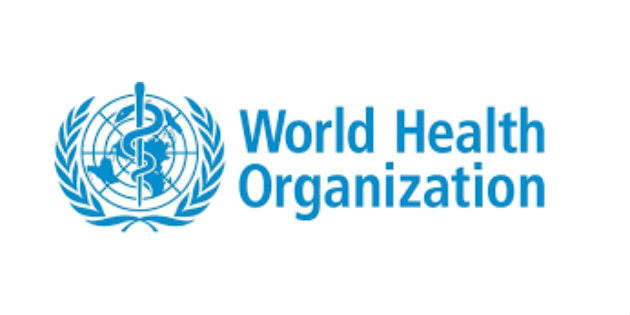New WHO recommendations for leisure noise in Europe
Guidelines
The World Health Organization (WHO) has released new guidelines for Europe "strongly" recommending noise exposure be kept to a safe yearly average of no more than 70dB*.

The outcome of a “rigorous, evidence-based methodology” spanning literature and external peer reviews, the Environmental Noise Guidelines for the European Region (2018) paint a picture of populations under increasing danger from what we cannot avoid hearing and what we choose to listen to. The WHO research scope takes in excessive music noise for the first time, emphasising that nearly 50% of 12-to-35-year-olds in middle- and high-income countries are listening to unsafe levels through their personal audio devices. In addition, “around 40% are exposed to potentially damaging levels of sound at nightclubs, bars and sporting events,” says the document.
Health risks from “leisure noise” are just one aspect of this warning call, which also covers noise sources from road traffic, railways, aircraft, and wind turbines. And the health effects put forward as reasons for increased protection and better prevention not only include hearing loss or tinnitus, but also cardiovascular disease, mental health, metabolic and cognitive conditions, and adverse birth outcomes.
This is the first major WHO update of noise recommendations for Europe since its 2009 Night Noise Guidelines. The new information is aimed at supporting legislation, informing policymakers, and stimulating further research, and it is expected to remain valid for ten years. Meanwhile, the WHO points out that noise-related health research has “intensified over the last ten years” and that political awareness of noise problems has increased.
The full document is downloadable here .
*Based on hourly exposure and number of hours of exposure per week.
Source: WHO



